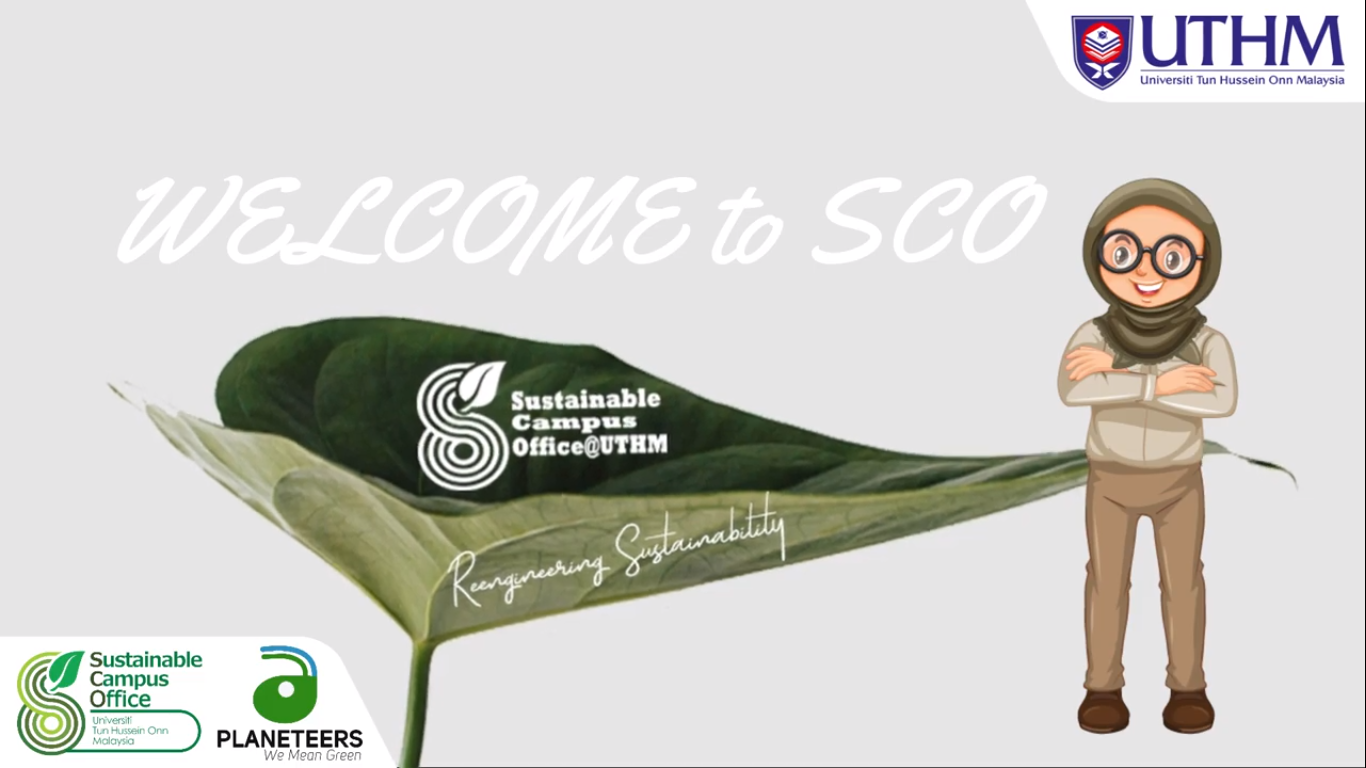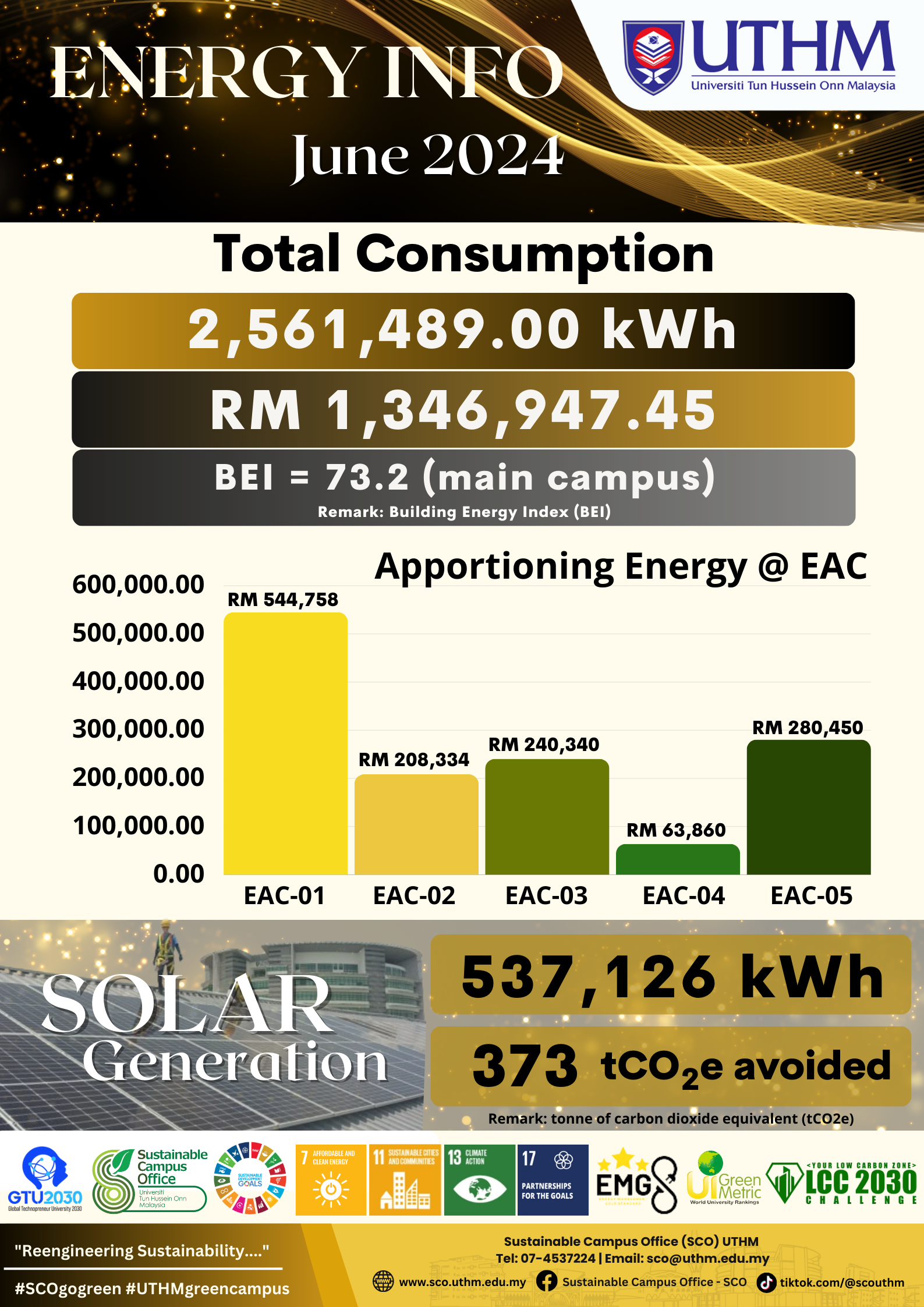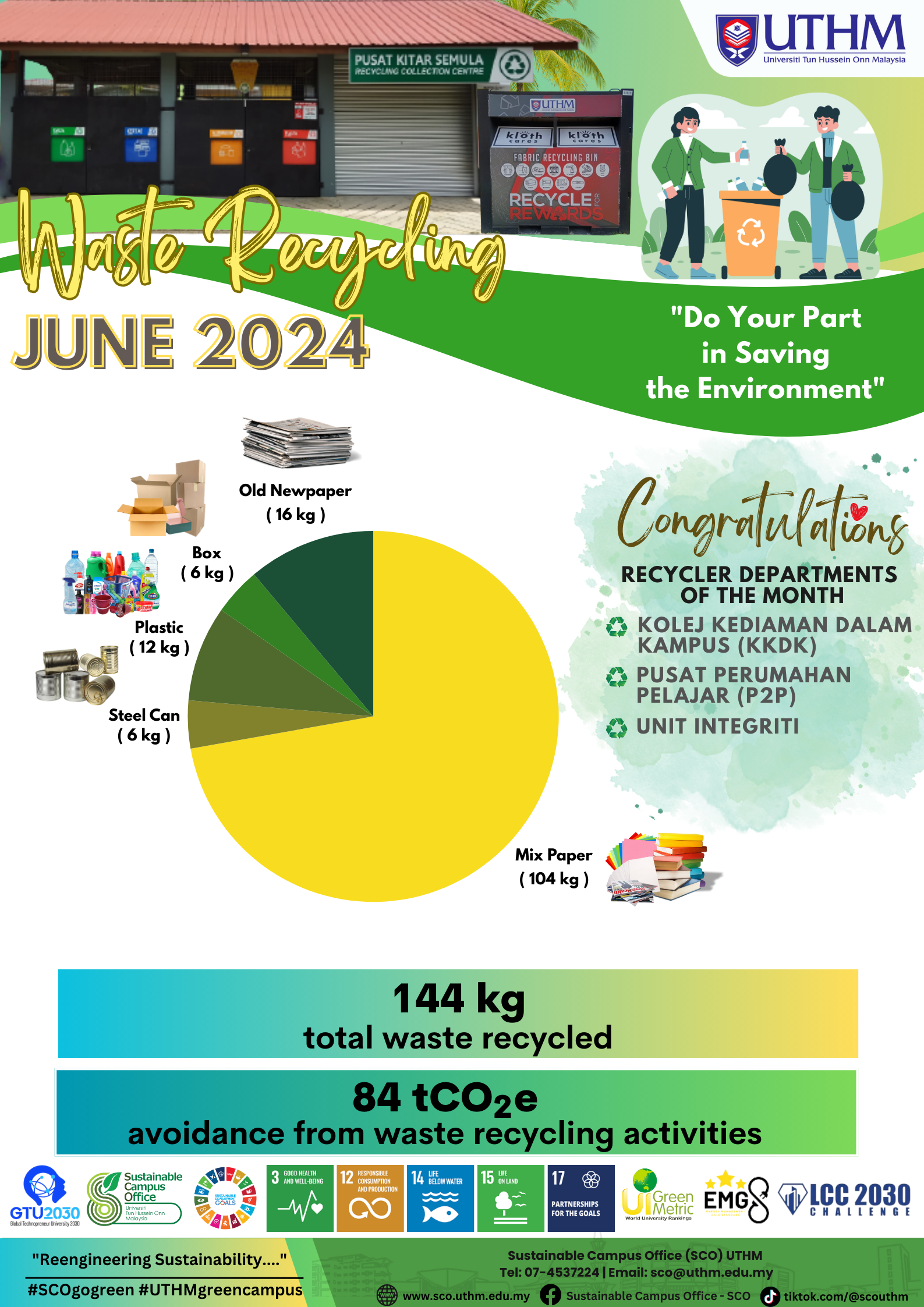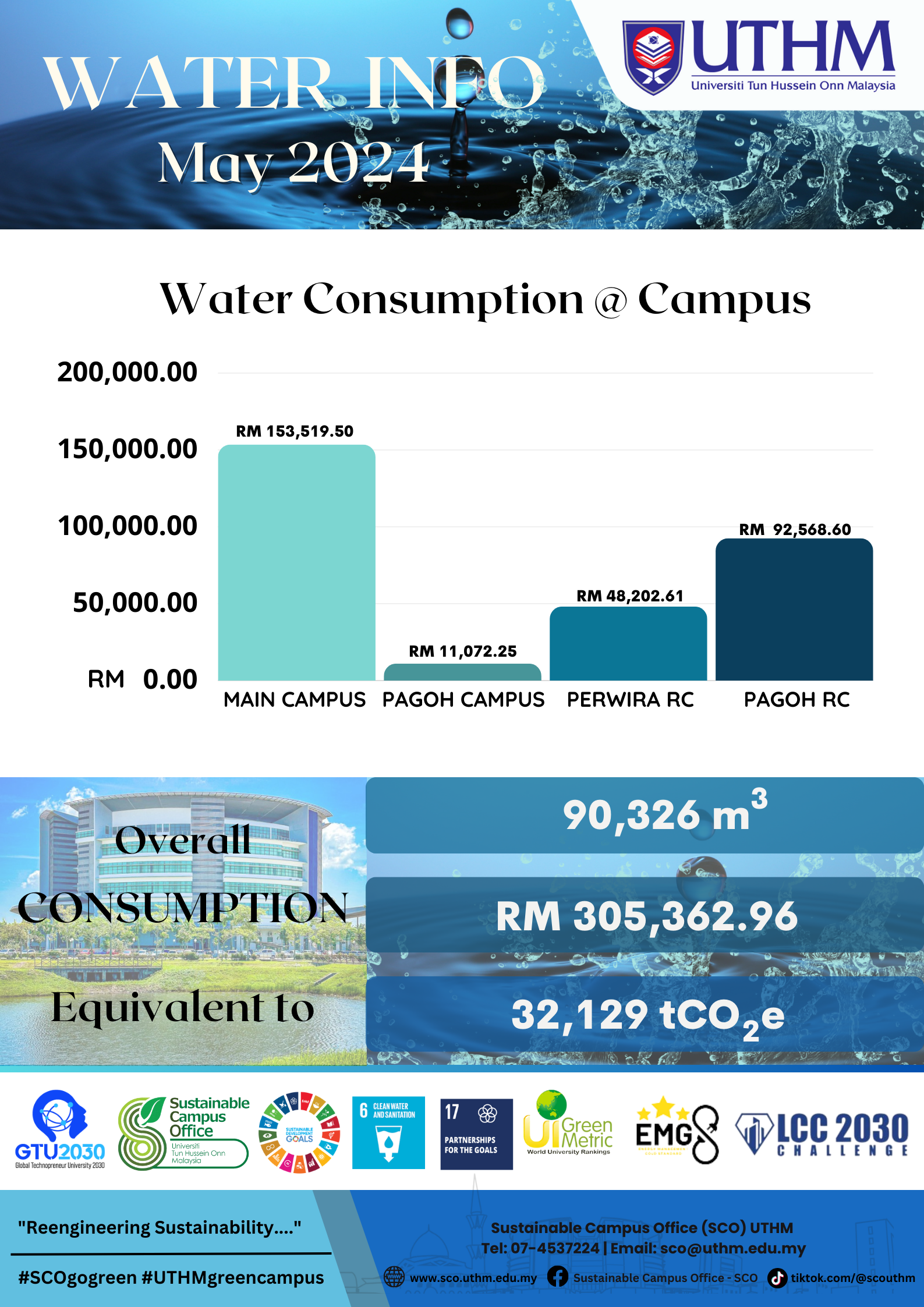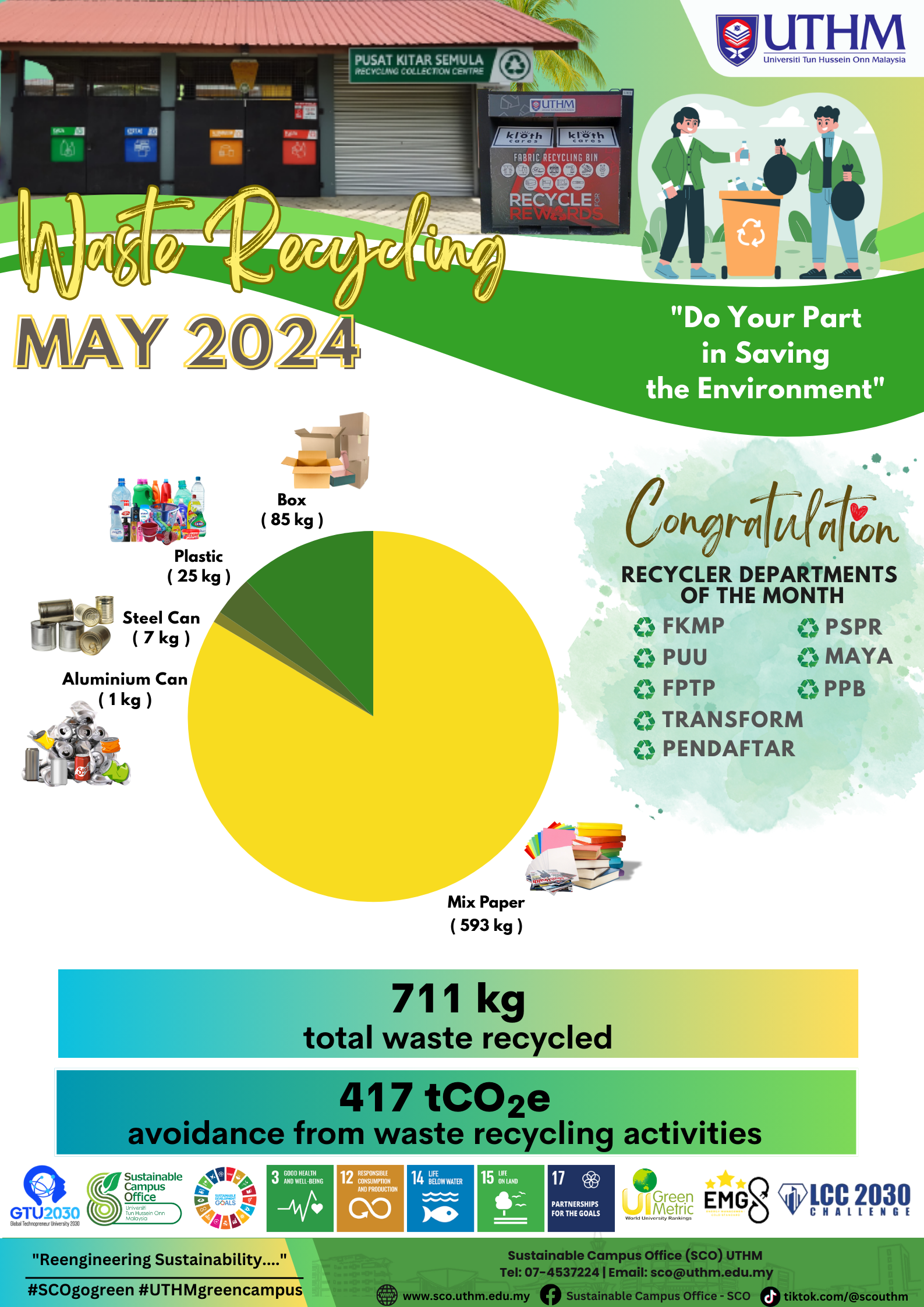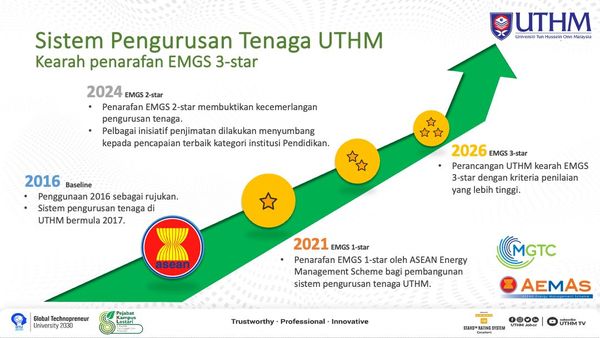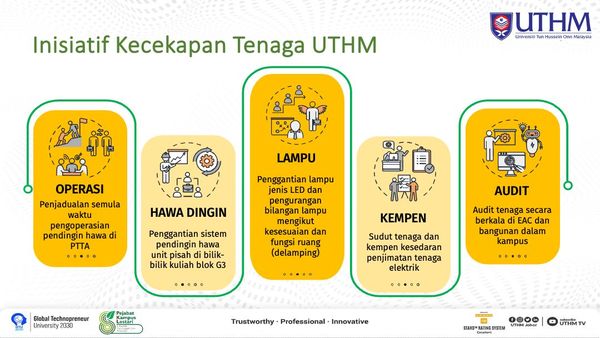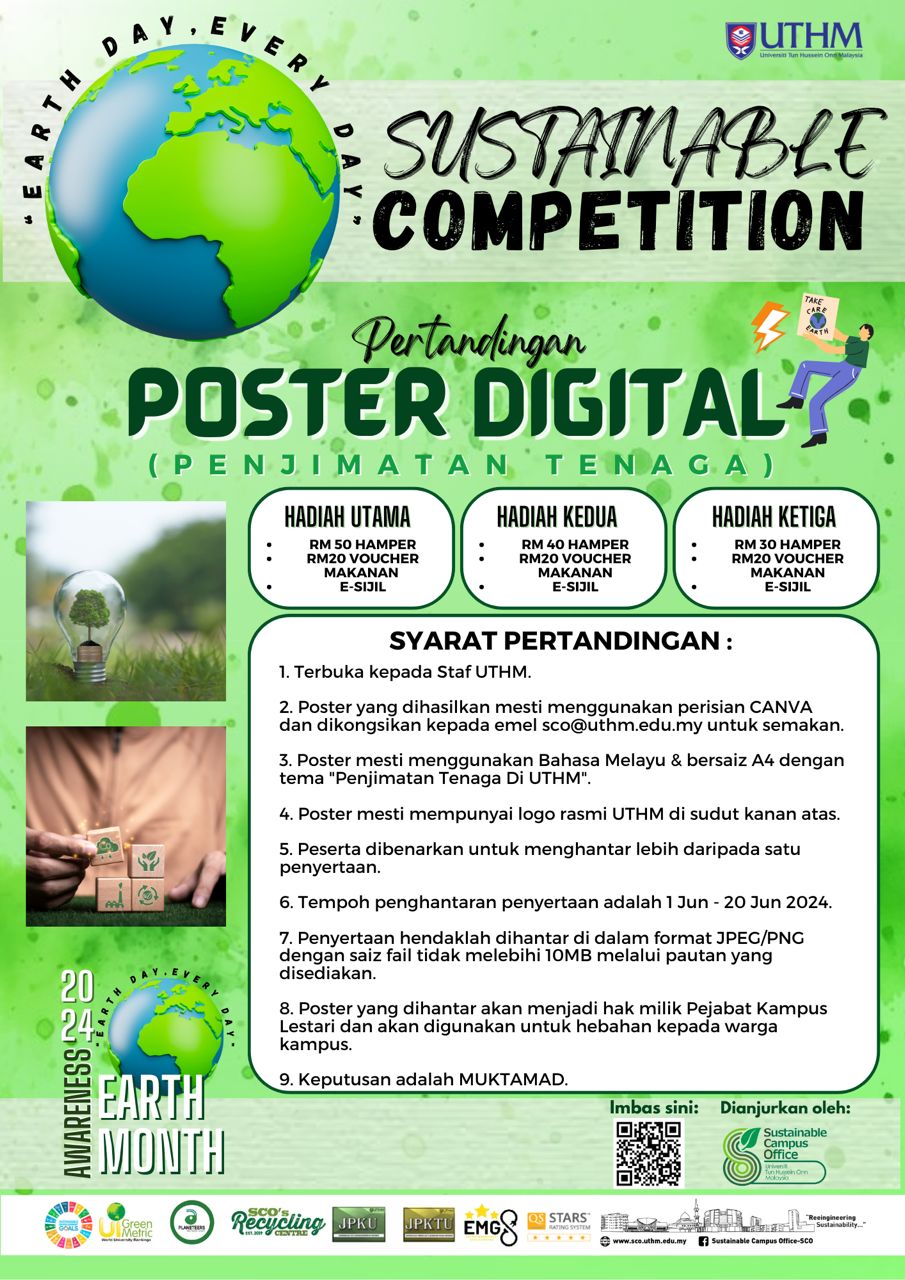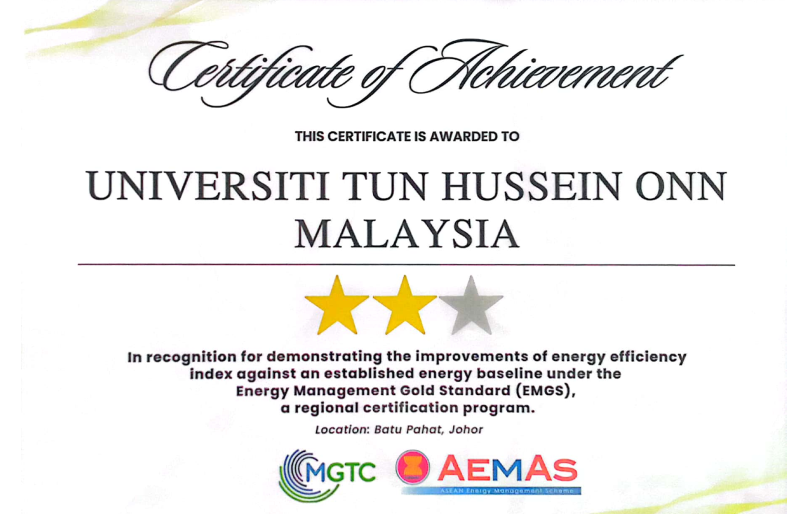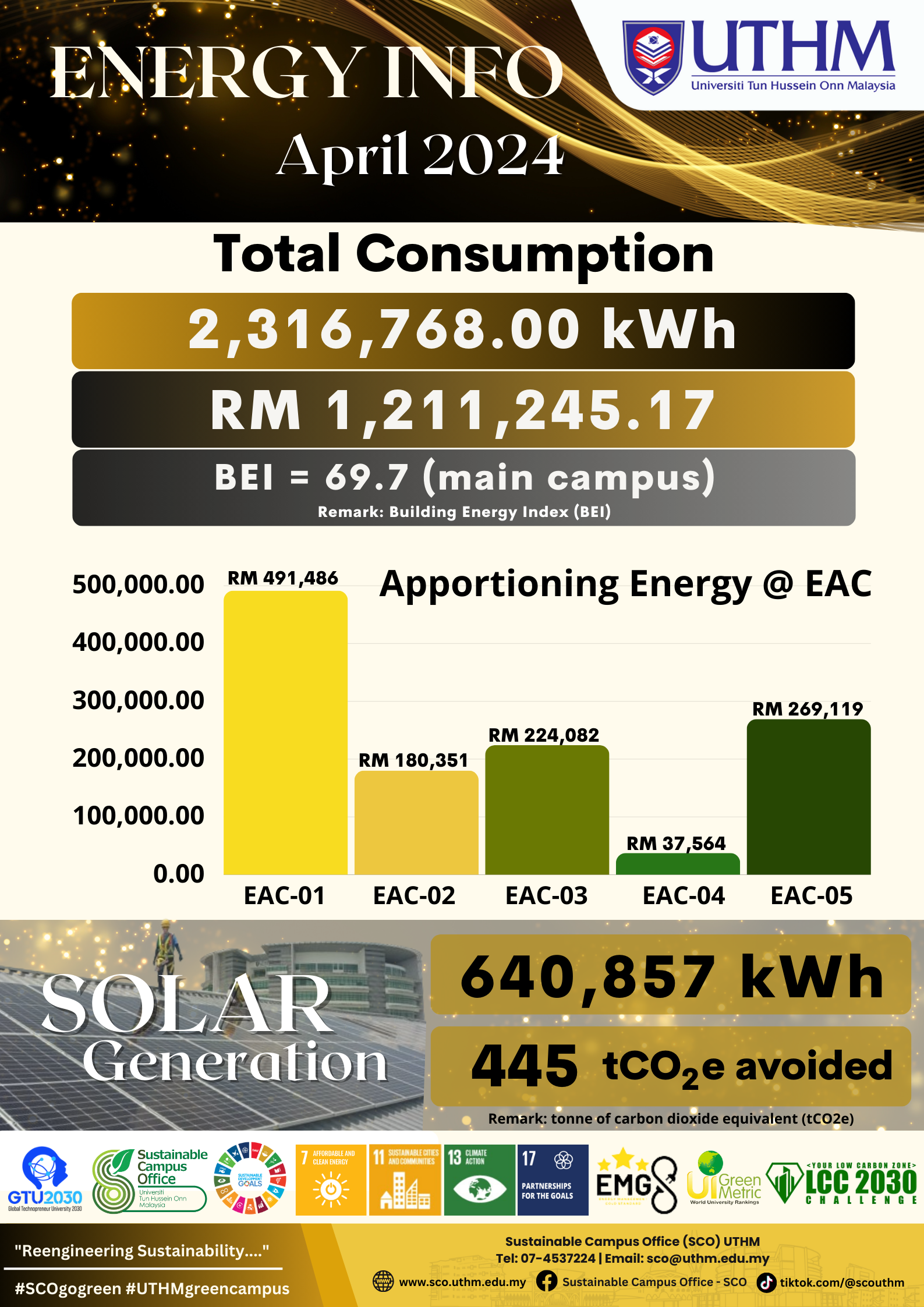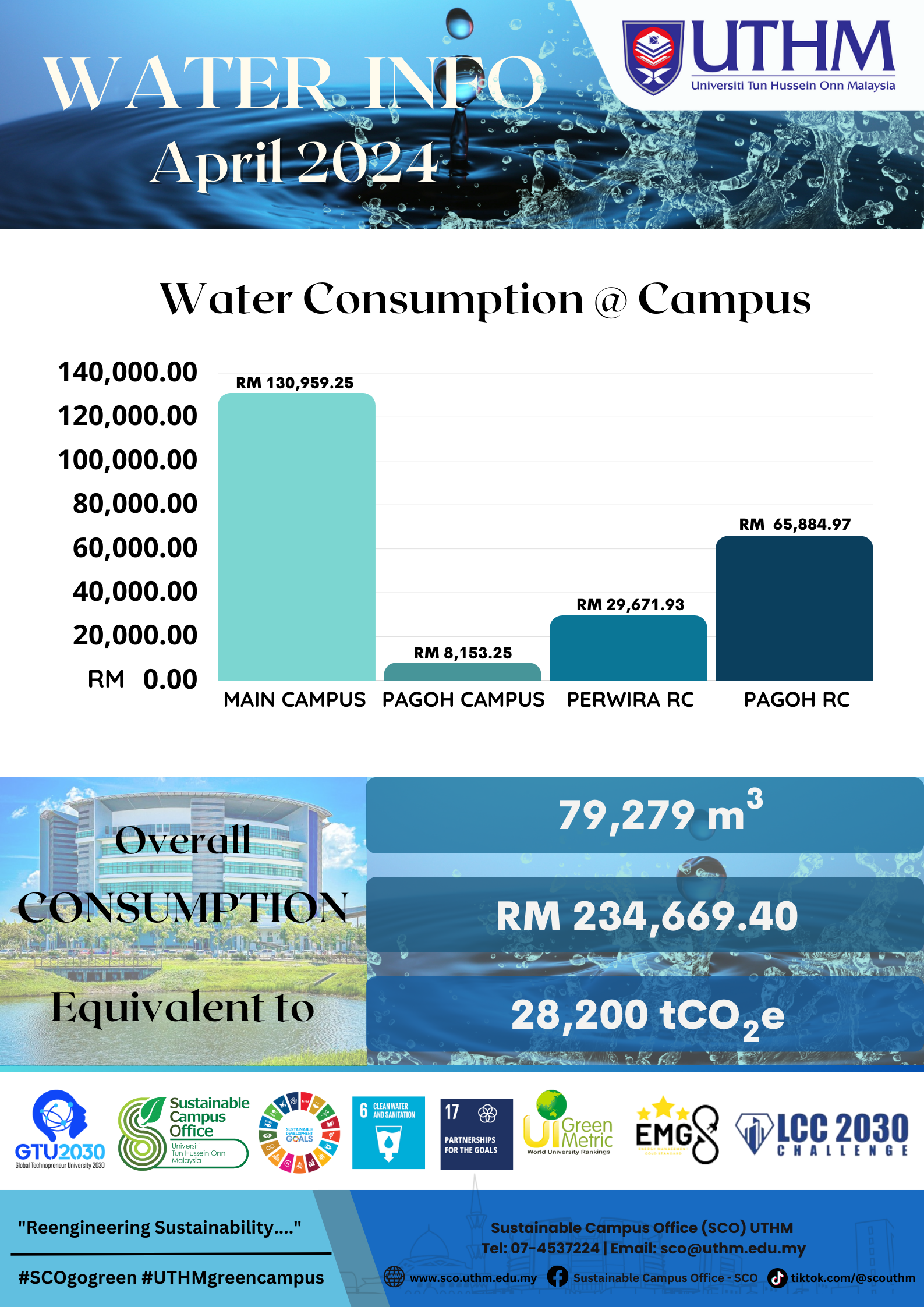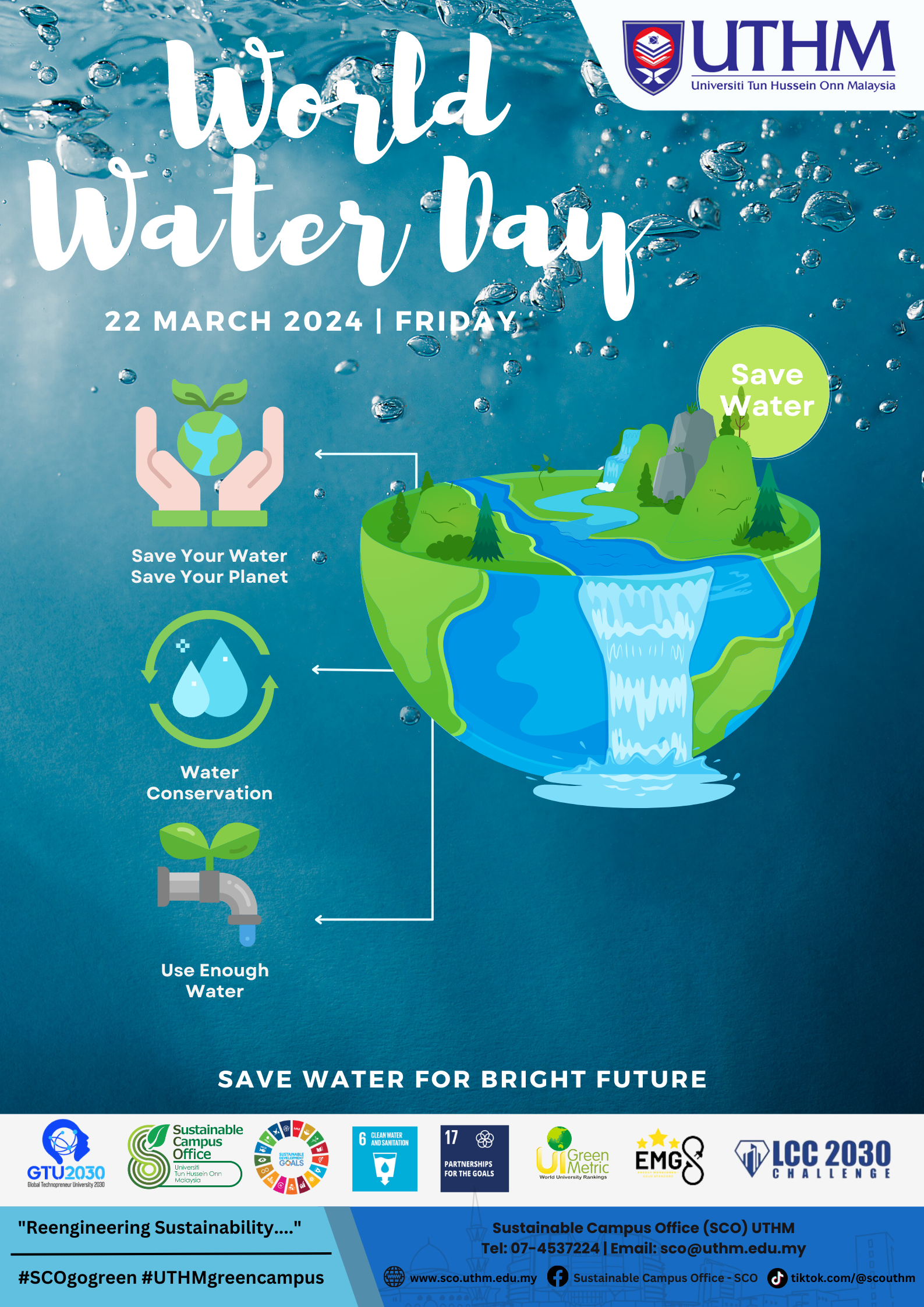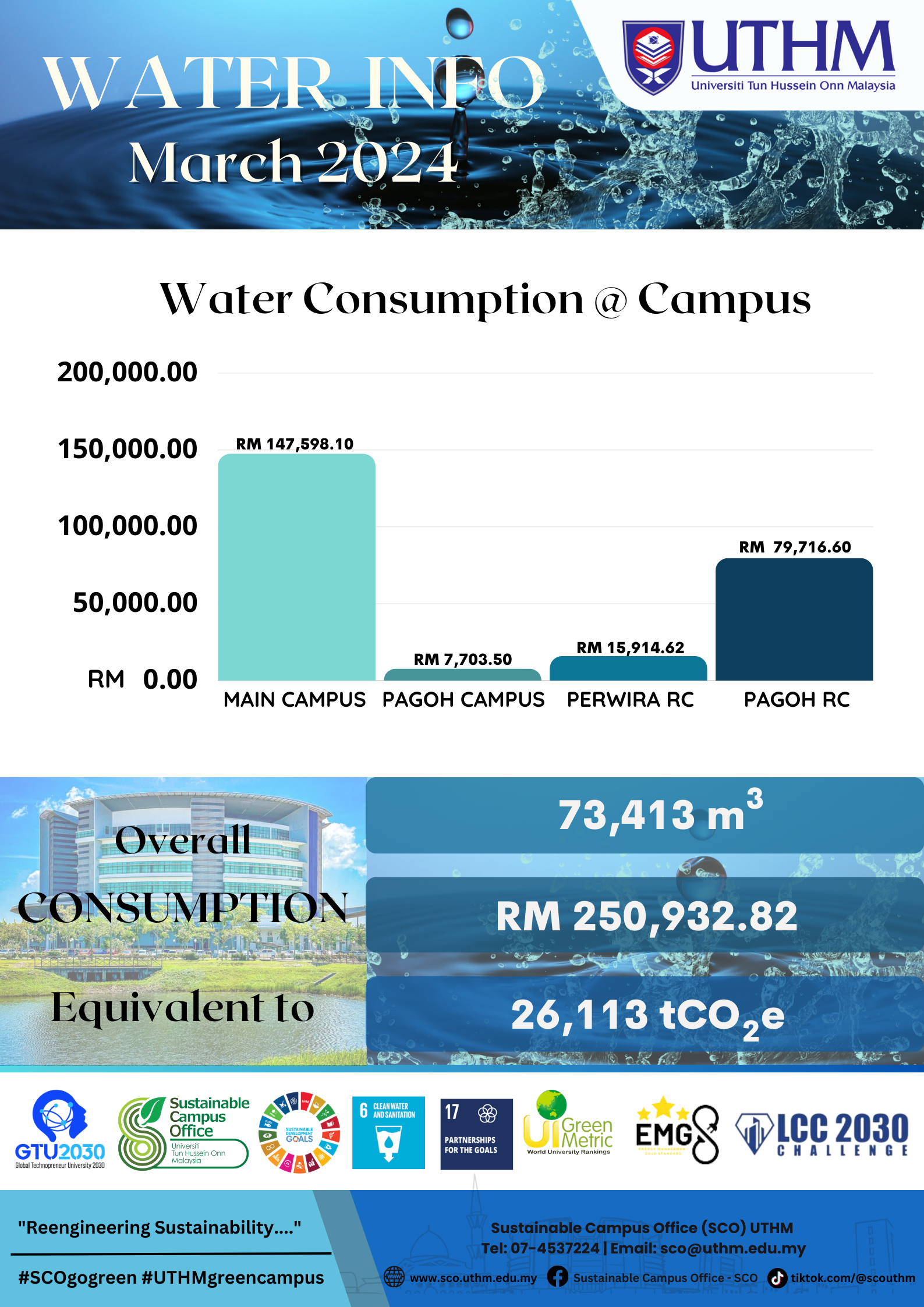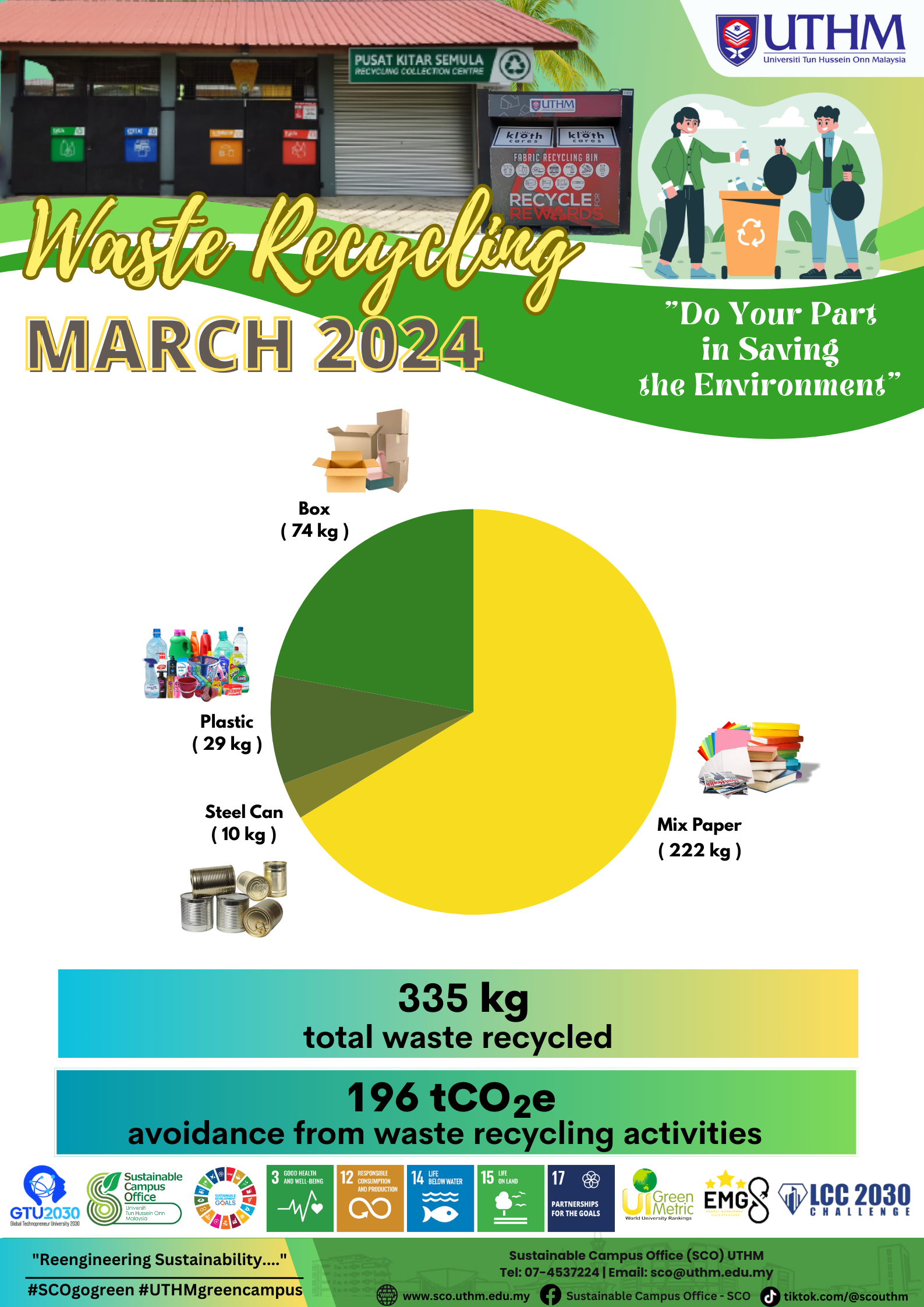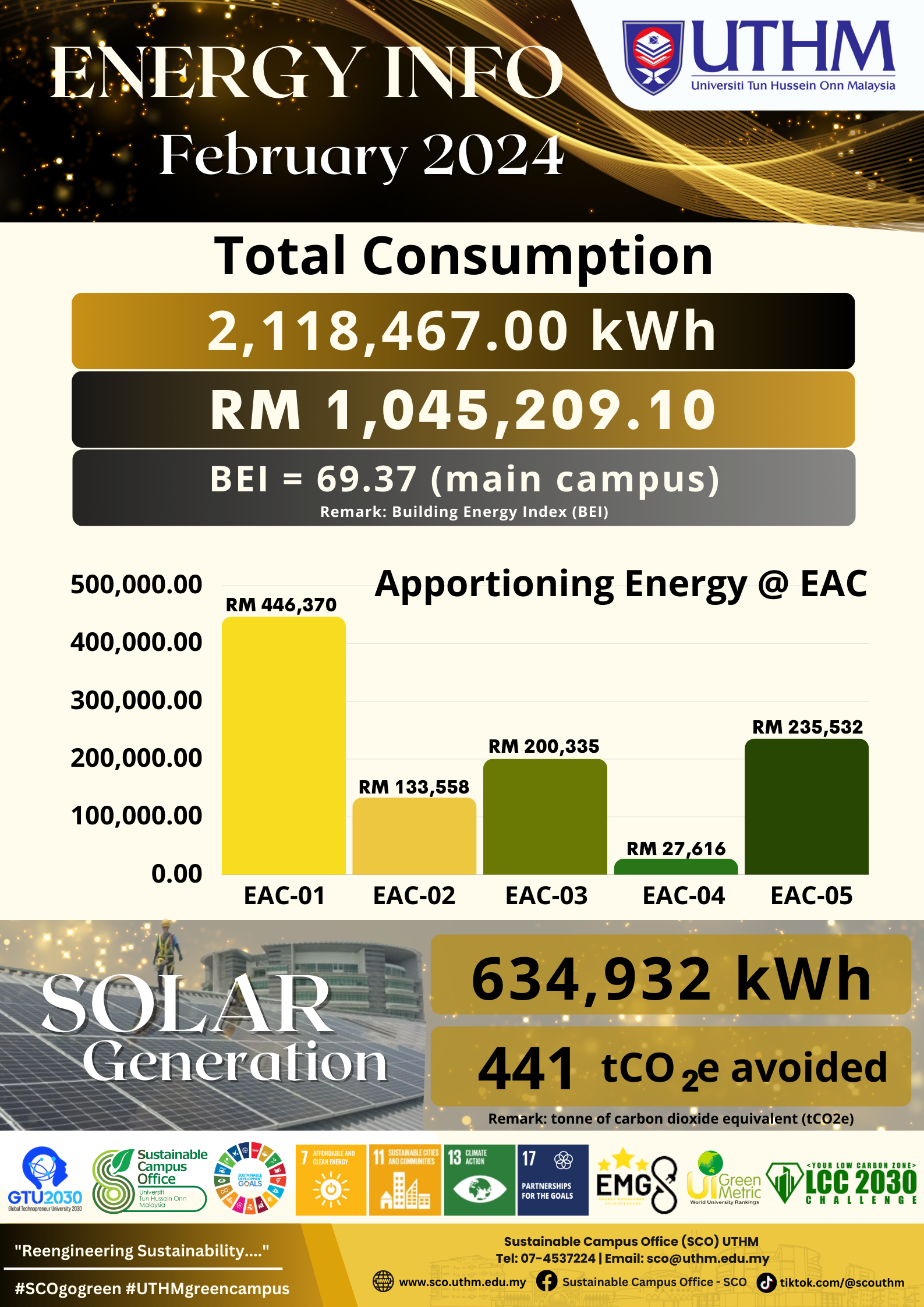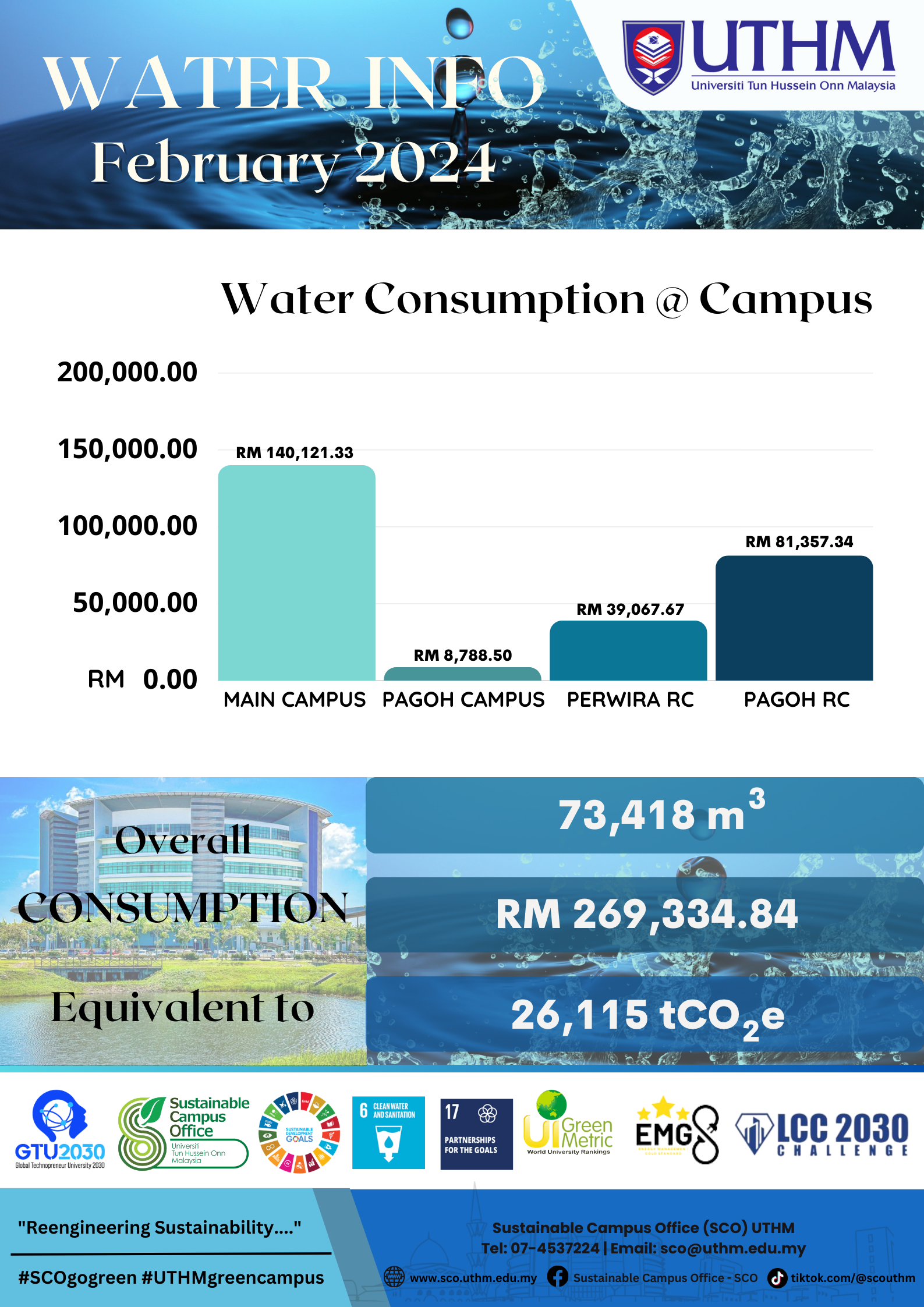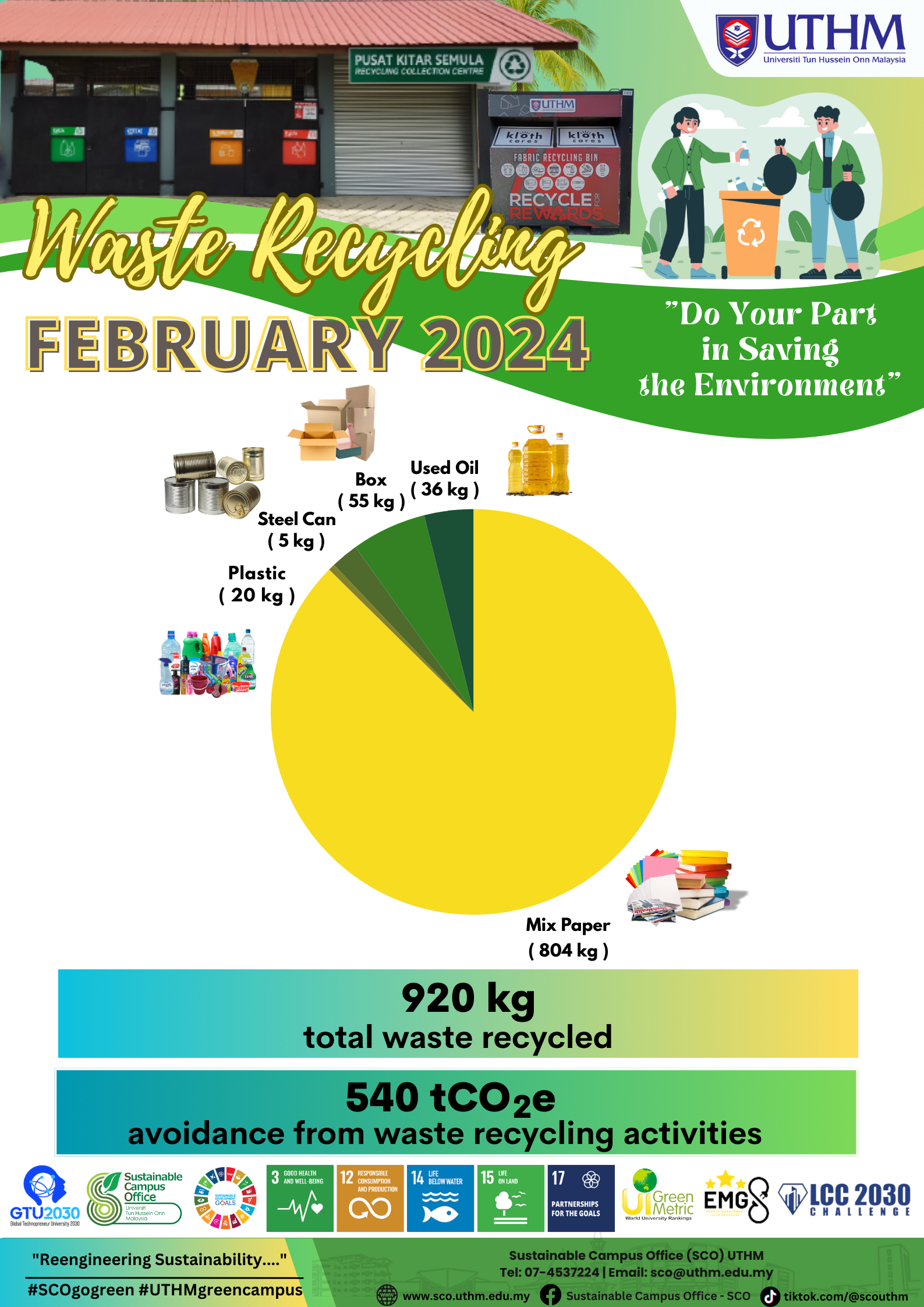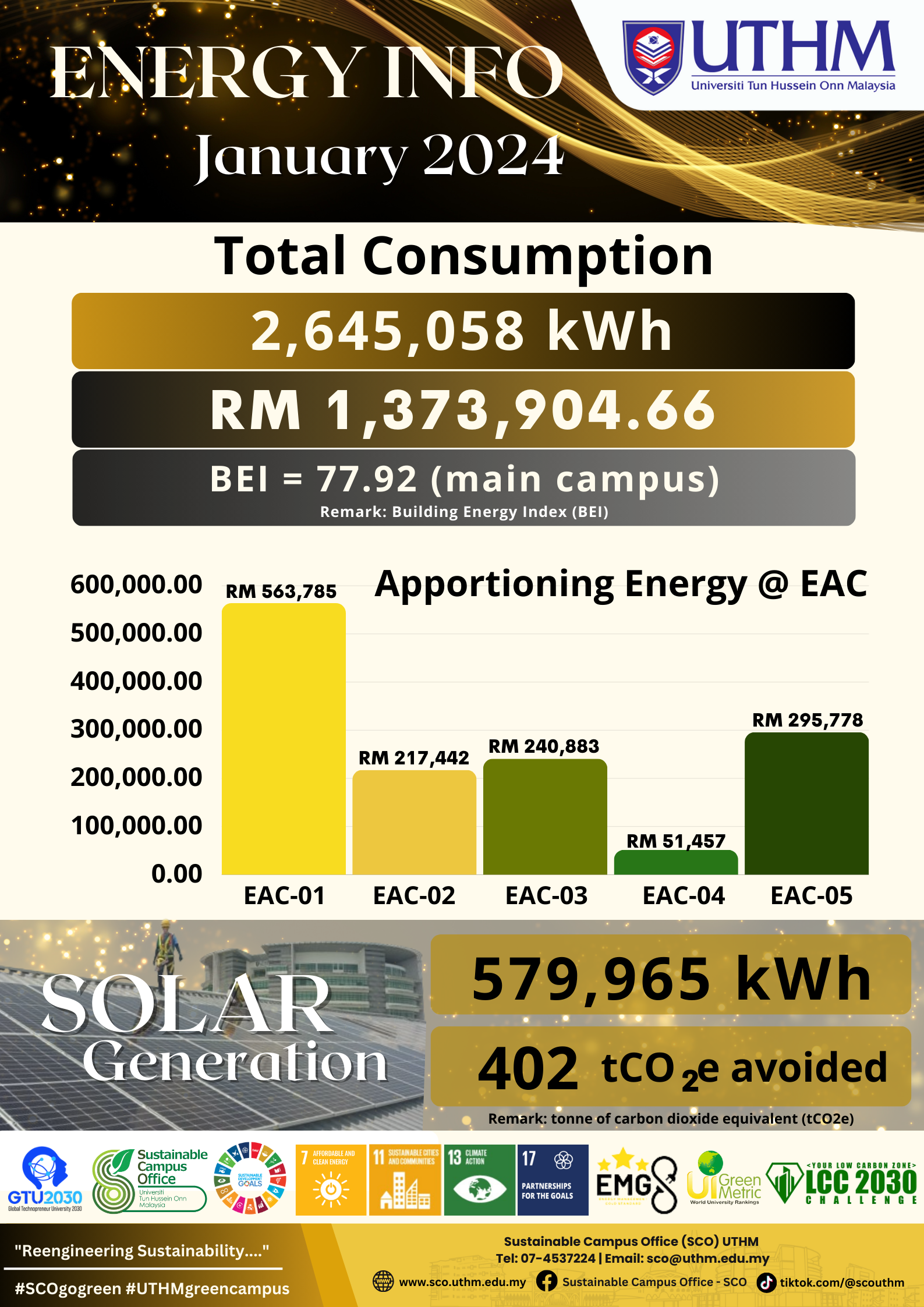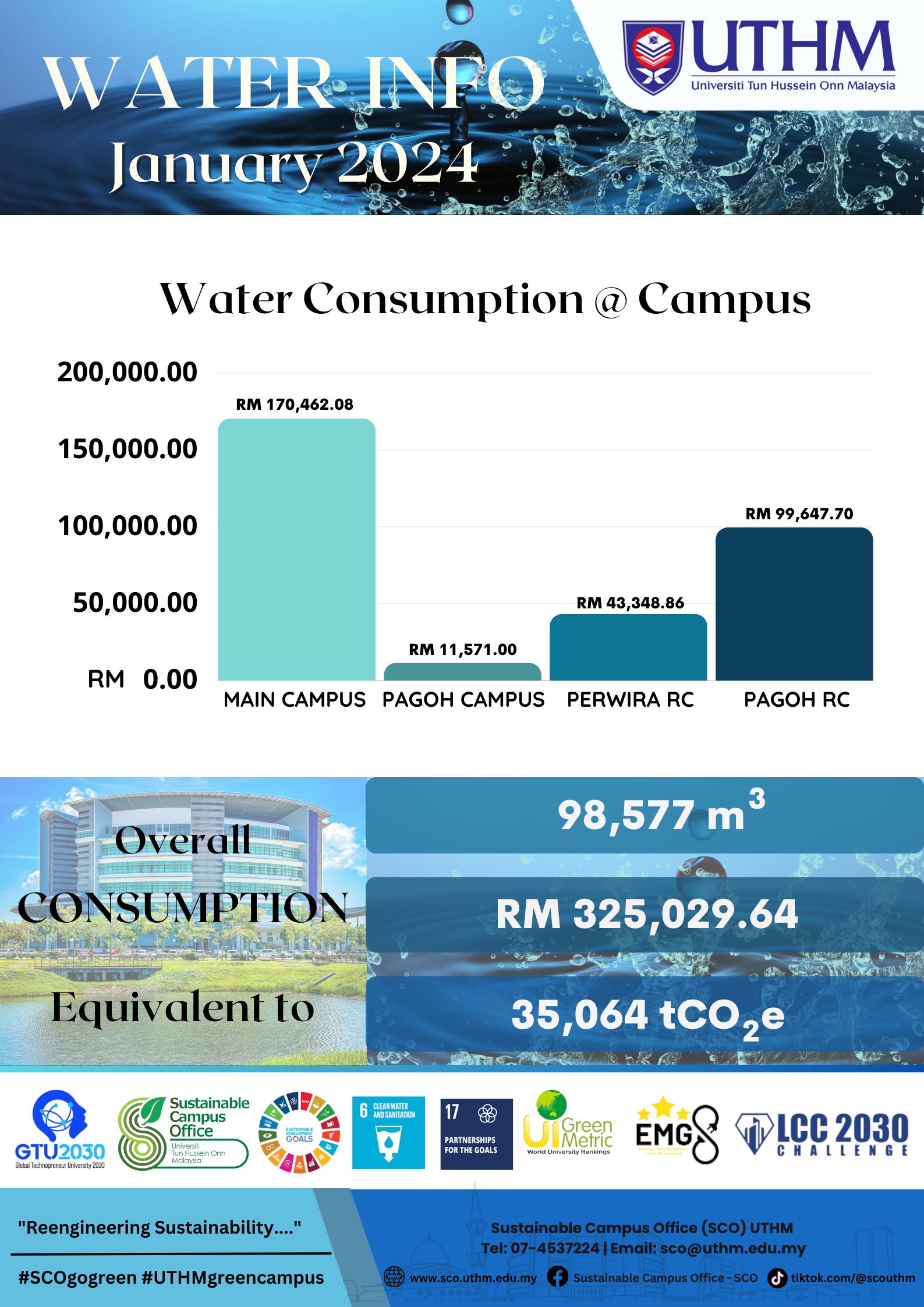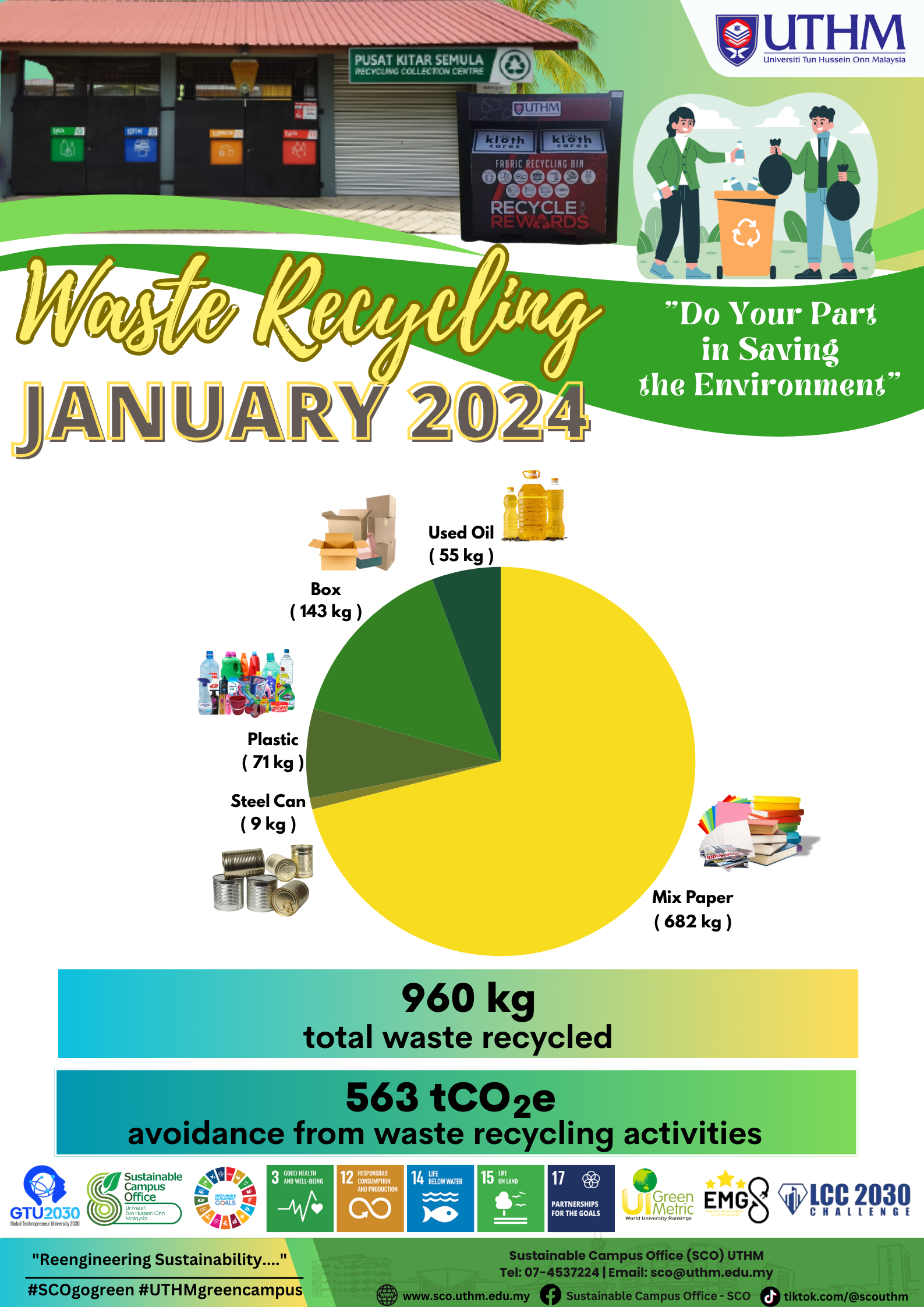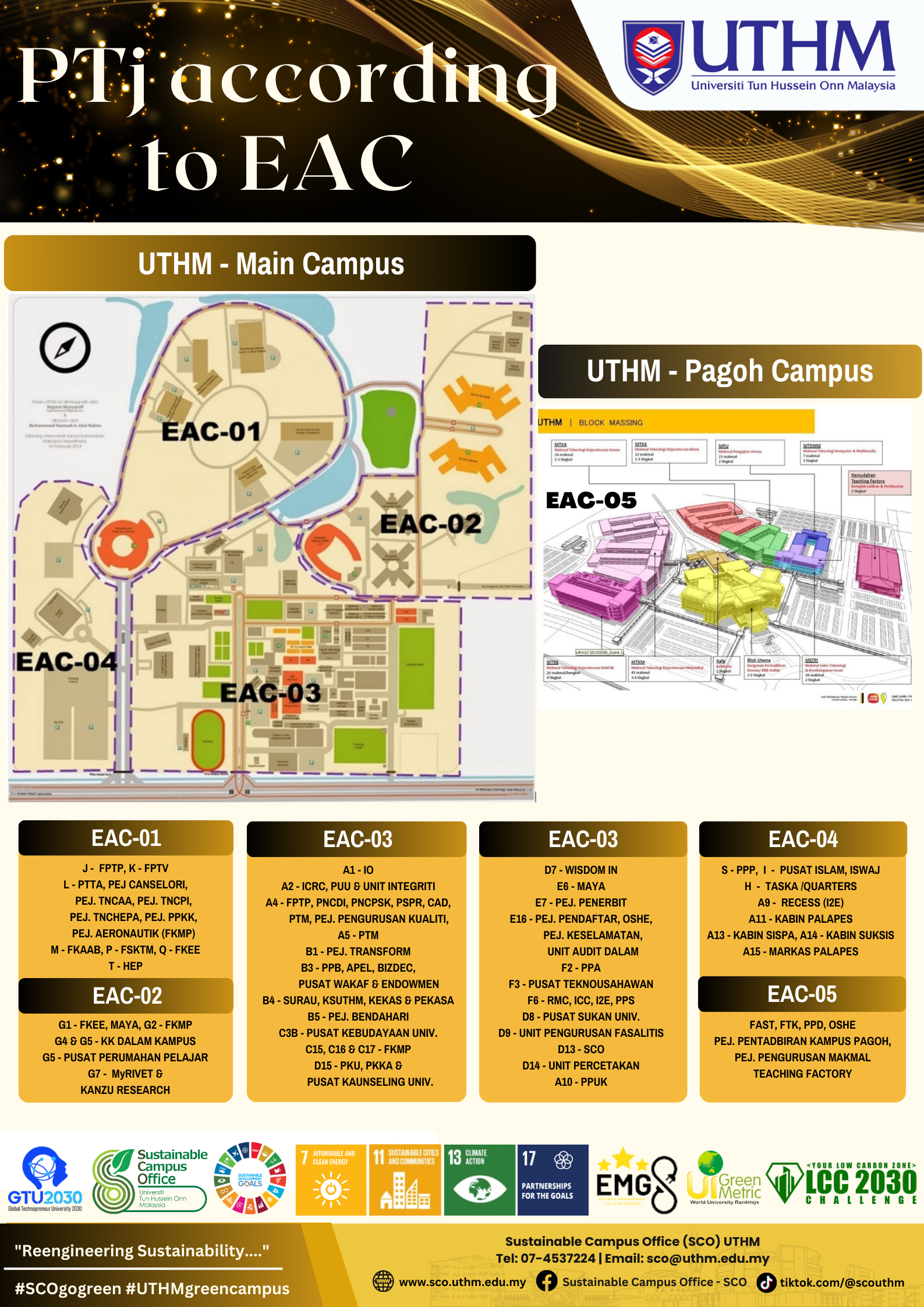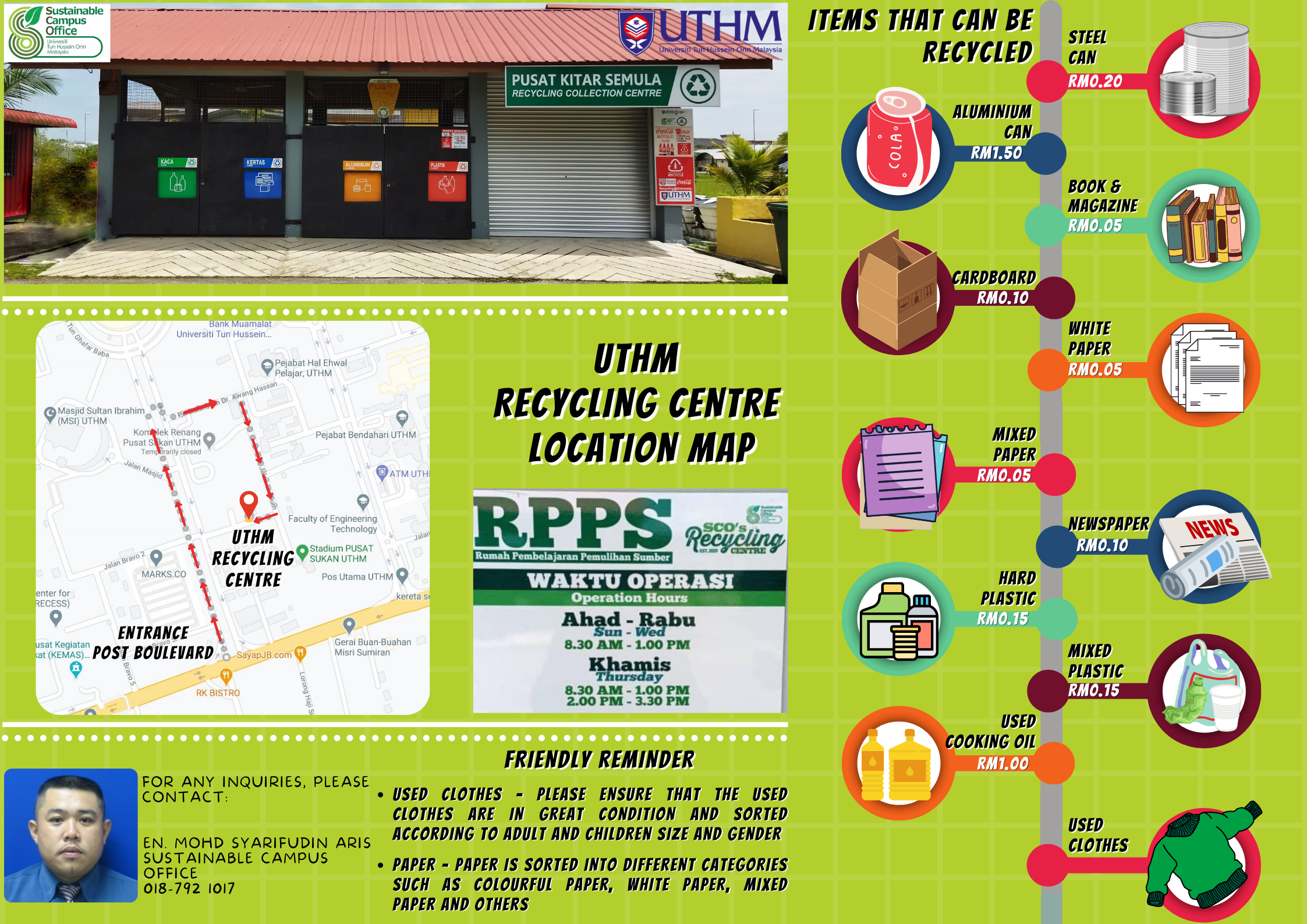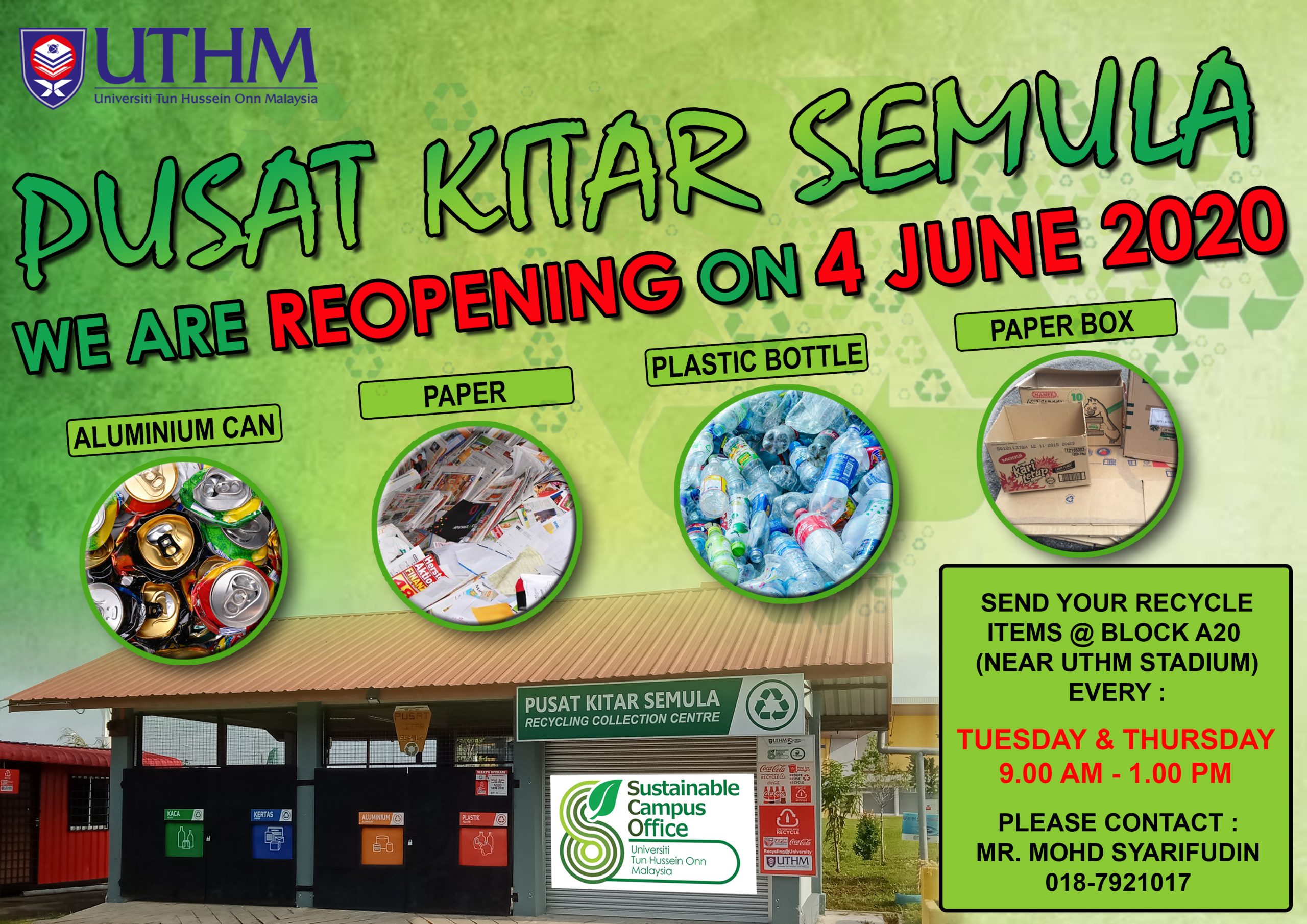The Sustainability of Sustainability
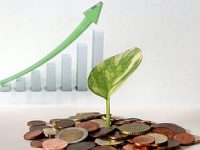
In a story in the Wall Street Journal, John D. Stoll wrote: “Sustainability was corporate America’s buzzword. This crisis changes that. From Unilever to Starbucks to GM, corporations pause some social-responsibility programs or put them on the back burner.” And that is the point, to the extent that sustainability is seen as corporate social responsibility and not a fundamental element of an organization’s management system, it is simply a form of public relations rather than something central to operations management.
I am not saying that corporations shouldn’t be socially responsible, they should, but no one would combine accounting with social responsibility, so why are environment and resource issues grouped with corporate social responsibility? These are different issues. Due to government regulation and the values and ethical beliefs of some private executives, some corporations try to act in the public interest. They seek to be socially responsible. But that is not what corporations are designed to do. The job of a private sector organization is to make money. It can take the long view and focus on increasing market share, or it can focus on immediate profit and return on investment. Government’s job through regulation is to make sure the company treats its workers and investors fairly under the law and doesn’t commit crimes against people or the planet. The best way to make certain that corporate irresponsibilitydoes not happen is to make it illegal and enforce the law.
That is why I focus my work in sustainability management on environmental sustainability and what I call “the physical dimensions of sustainability.” When defined that way, sustainability is about using fewer resources per unit of organizational output, minimizing damage to ecosystems, and focusing finance on long-term rather than quarterly profits. If corporate environmental sustainability doesn’t benefit profitability, return on equity and market share, it is doomed. If it does provide those benefits, it is simply part of the definition of competent, effective management.
My view of sustainability was shaped by W. Edwards Deming’s concepts of total quality management. To Deming, one of the functions of management was to free up workers to analyze and improve work processes with the goal of reducing waste and improving quality and customer satisfaction. Workers and management analyze how work is undertaken and seek to save time, labor and material. Under this paradigm, pollution is a form of waste. An emission or effluent that is discharged into the environment is a wasted piece of material. For example: Could that material have been used somehow? Heat vented into the atmosphere could have been retained and used to generate electricity. Moreover, the disposal of material waste is far from cost-free. An organization can’t simply dump its garbage on the side of the road, and the cost of waste disposal is growing. Energy inefficiency is a form of waste. If I can produce a good or service with a dollar’s worth of energy, why would I want to use twice as much energy as I need and spend two dollars instead of one? When Walmart puts a solar array on the roof of their store and cuts their electricity bill by 75 percent, the green principle they are following looks more like a dollar than a tree.
The argument that the pandemic-caused struggle for organizational survival requires that we waste energy, ignore the cost of waste disposal, use cheap and dirty coal and disconnect our pollution control equipment, is idiotic. This is a time for creativity and ingenuity, not a retreat to old and outmoded thinking. The concepts of a circular economy and the engineering field of industrial ecology ask that when we design a product or service, we think about how to make the most of the resources we use. The printer at the end of its useful life is brought back to the factory and mined for materials and parts that can be used again. The toner cartridge is collected so it can be refilled and sold again. The product is designed from the start to enhance the cost-effectiveness of recycling. Recycling is integrated into the business plan, it’s not a costly addition. The problem with many notions of sustainability is that they resemble old-style pollution control equipment: an expensive add-on that may provide a cleaner environment but at an increased cost.
The other problem in some definitions of sustainability is that a sustainable lifestyle is defined as an individual giving something up in order to pollute less. The idea of sustainability as sacrifice is another concept that makes little sense to me. I would not confuse sustainability with virtue. It works best when it aligns with self-interest. Sustainability will not be very sustainable if it is based on virtuous individual behavior and corporate social responsibility. Again, I am not arguing against virtuous people or companies, but I think our planet will last a whole lot longer if the concept of environmental sustainability is built on self-interest rather than self-sacrifice.
Let me be specific about this. The use of fossil fuels causes climate change and pollutes the planet, but their replacement by renewable energy requires that we invent less expensive and more efficient solar cells and windmills along with more effective and cheaper batteries. But once technology delivers those things, fossil fuels will go the way of the horse and buggy, landline phones, and cassette tape. When the electric car comes down in price it will drive the internal combustion engine off the road and out of the marketplace. If you don’t believe me, drive one. They have great pick-up and ride along with low repair bills. The people driving Teslas, like those that drove the early Prius, are not sacrificing anything.
Sustainability management is a more sophisticated way of managing an organization. It asks managers — even those running service organizations like universities and hospitals — to focus some attention on the organization’s use of resources and environmental impact. An organization that uses renewable energy not only reduces its carbon footprint, it develops a more predictable and ultimately lower cost structure for its energy. Management pays close attention to the efficiency of its use of energy, water and other materials. This also lowers its operational costs. Sometimes the cost of a long-term energy investment is too high, and an organization can’t do everything it might like, but the point is to do the analysis and see what sustainability investments make financial sense.
Finally, sustainability managers look at environmental risk. What is the environmental impact of our product or service and what liabilities might we incur if there is an accident? What risk does climate change pose to our operation, supply chain or customer base? Companies that ignore their environmental liability do so at their peril. The BP oil spill in the Gulf of Mexico and VW’s evasion of air pollution rules are only the most famous examples of sustainability mismanagement. Mismanagement cost those two companies billions of dollars.
COVID-19 has already changed our economy, society, culture and politics in many ways, and the longer-term changes are likely to be profound and long-lasting. But it will not change the fundamental facts of our biosphere, our technology, our economy, our use of energy or human biology. The managers of our organizations must pay attention to the physical dimensions of environmental sustainability. Added to energy, water, materials, and waste we must now pay attention to preventing and dealing with disease infections. Employees, customers and visitors coming to our places of business will now be screened for weapons and disease. An effective system of public health will be as important as a good school system, transportation system, and police force. The physical dimensions of sustainability must now include prevention, detection and treatment of disease. And with public health included, sustainability management will be sustained indefinitely.
Source: https://blogs.ei.columbia.edu/2020/05/04/the-sustainability-of-sustainability/
